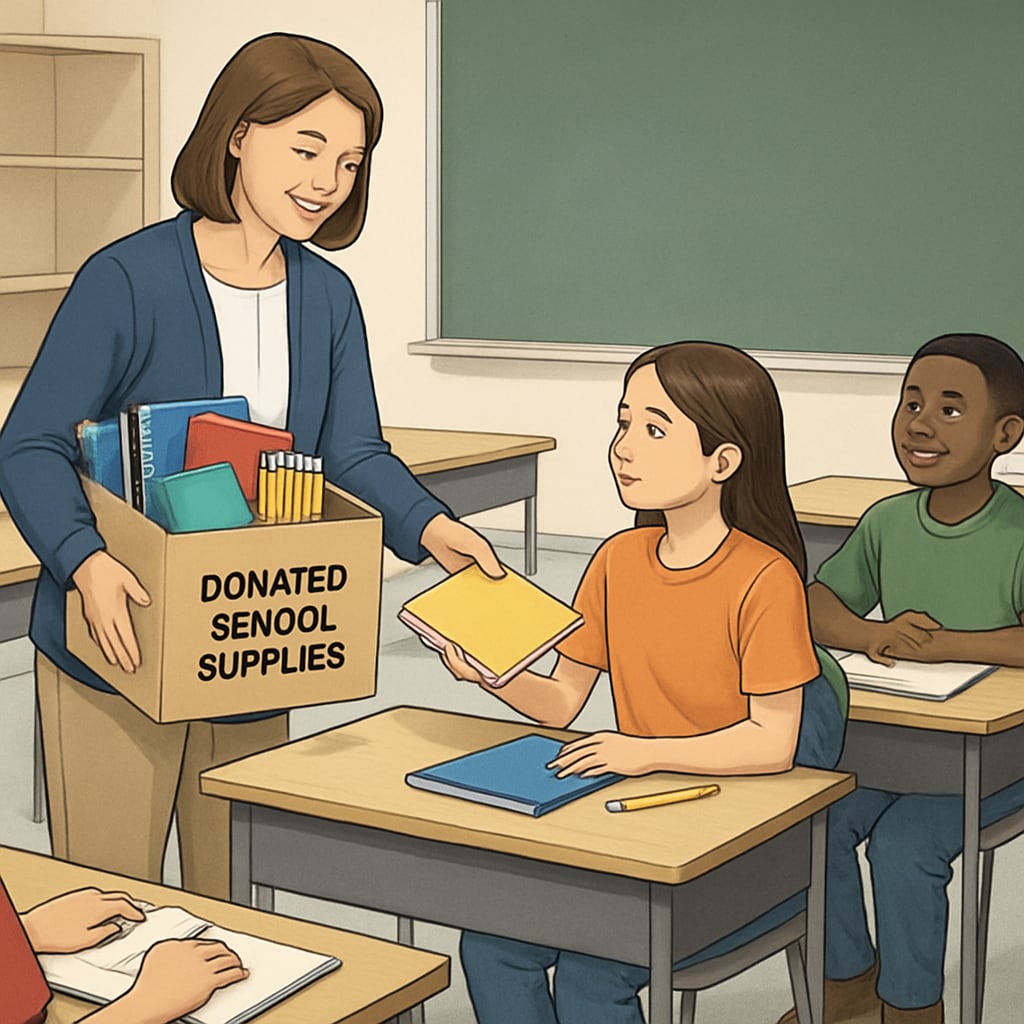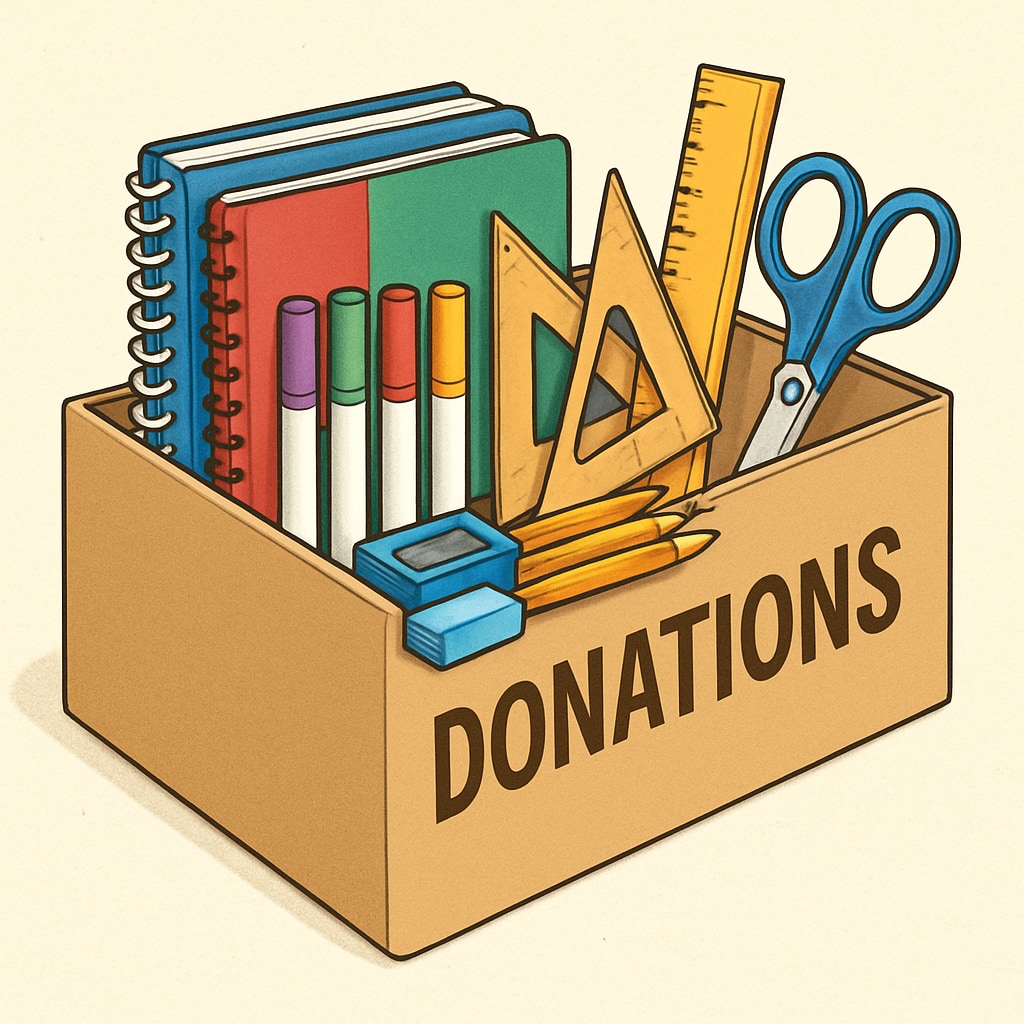In today’s world, many educators go above and beyond to provide quality education, often using their own funds to purchase essential teaching materials. By contributing through classroom donations, we can offer significant teacher support, ensuring that both educators and students thrive in a well-equipped learning environment. This simple yet impactful act of generosity plays a critical role in addressing the inequalities present in education systems and empowers the next generation.
Why Classroom Donations Are Essential for Teachers and Students
Teachers frequently face the challenge of insufficient budgets, leaving them to purchase classroom supplies such as notebooks, pens, and art materials. According to a report by the National Center for Education Statistics, over 90% of teachers in the United States spend their own money on classroom resources. These costs can add up, placing a financial burden on educators who are already dedicating their lives to shaping young minds.
When classrooms lack the necessary resources, the learning experience is directly affected. Students without access to proper materials may struggle to complete assignments, engage in creative projects, or even stay organized. Classroom donations bridge this gap by ensuring every student has access to the tools they need to succeed. Moreover, these contributions allow teachers to focus on delivering high-quality education without the stress of funding shortages.

How Classroom Donations Make a Difference
Classroom donations do more than just provide tangible items—they foster a sense of community and shared responsibility for education. By supporting teachers and students, donors contribute to broader social benefits such as reducing educational disparities and improving student outcomes. For example:
- Enhanced Learning Opportunities: Donated materials like science kits, art supplies, and books create hands-on learning experiences that inspire curiosity and creativity.
- Teacher Morale: Knowing the community values their work boosts teachers’ motivation and job satisfaction.
- Equality in Education: Donations help level the playing field for underfunded schools, ensuring all students have an equal opportunity to excel.
In addition to these benefits, classroom donations can have a ripple effect. Students who experience enriched learning environments are more likely to succeed academically, pursue higher education, and contribute positively to society. This long-term impact underscores the critical importance of supporting education through donations.

Simple Ways to Contribute to Classroom Donations
Contributing to classroom donations doesn’t have to be complicated or expensive. Here are a few practical ways you can make a difference:
- Donate Supplies: Drop off essential items like notebooks, pencils, and folders at local schools or community organizations.
- Financial Contributions: Support nonprofit organizations dedicated to education, such as DonorsChoose or Education Foundation.
- Volunteer: Offer your time to help organize donation drives or assist teachers in the classroom.
- Spread Awareness: Use social media or community platforms to encourage others to join in supporting local schools.
Every small effort adds up to create a significant impact. Whether you donate a single pack of markers or organize a large-scale supply drive, your contributions help build a brighter future for students and educators alike.
Conclusion: Every Contribution Counts
Classroom donations are a powerful way to provide teacher support, address disparities in education, and ensure that every student has the resources they need to succeed. By taking simple steps to contribute, we can all play a role in creating better learning environments and empowering the next generation. As a result, our collective efforts pave the way for a brighter, more equitable future in education.
If you’ve ever wondered how to make a meaningful impact in your community, consider starting with classroom donations. Your generosity could be the key to unlocking a child’s potential.


